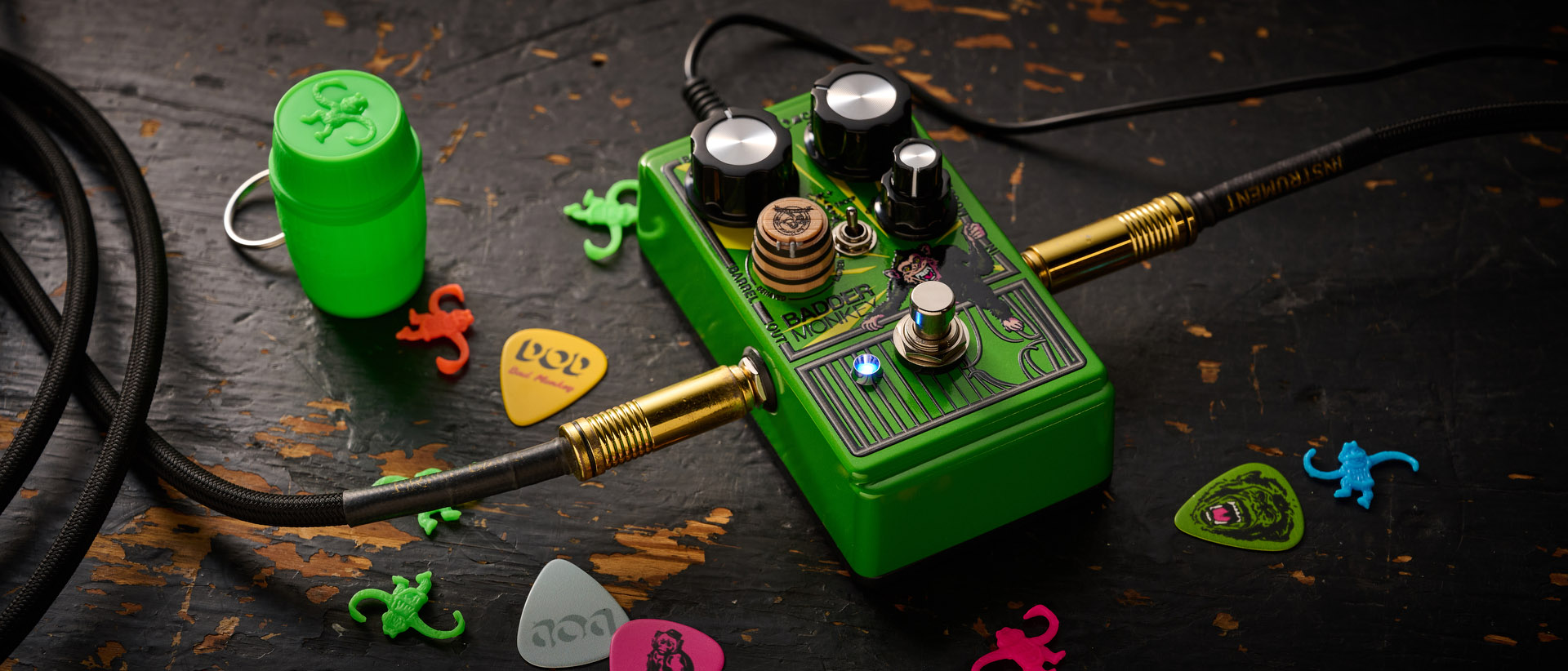Half-Whole Diminished Harmony for Jazz Guitar
One of the most commonly used but tricky scales in jazz guitar is the half-whole diminished scale. Learn how to master it here.

One of the most commonly used scales in jazz guitar, yet trickiest to get under your fingers, is the half-whole diminished scale.
Used to solo over 7b9 chords, which pop up quite often in the standard jazz repertoire, this eight-note scale yields a ton of great-sounding jazz guitar lines. Yet it often is one of those scales we struggle to get onto the fretboard in a convenient fashion.
In today’s lesson, we’ll be looking at one fingering for the dim7 chord, arpeggio and related scale on the top four strings of the guitar that you can use to move around the neck, creating four different positions for each of these harmonic and melodic devices in the process.
To dig into diminished scale harmony further, check out my article “How to Harmonize the Half-Whole Diminished Scale.”
Half-Whole Diminished Background
Before we dive into the fingerings for the dim7 chord, arpeggio and scale, let’s take a quick look at how these devices are built from an intervallic standpoint. Here is the interval pattern for a dim7 chord:
Diminished Chord = R b3 b5 bb7(6)
All the latest guitar news, interviews, lessons, reviews, deals and more, direct to your inbox!
Notice that each note in the chord is separated by a m3 interval. This is the reason the dim7 chord is a “symmetrical” fingering, as each note in the chord is equal distance apart from its neighbors. And this is why all inversions of this chord, as you’ll see below, have the exact same fingering on each string set.
Here is the interval pattern for the half-whole diminished scale:
Half-Whole Diminished Scale = R b2 b3 3 #4 5 6 b7 R
From a note and interval standpoint, starting on E, this scale would look like so:
E (H) F (W) G (H) Ab (W) Bb (H) B (W) C# (H) D (W) E
Notice that the intervals of the scale alternate between half-steps and whole-steps. This is why we call it a half-whole diminished scale, and it is also why we label this as a “symmetrical” scale, as the interval pattern of a half-step followed by a whole-step repeats itself throughout the scale.
Half-Whole Diminished Shape 1
Not that you’ve checked out how these chords, scales and arpeggios are built, let’s take them to the fingerboard and get them under your fingers. Here is a common fingering for the Edim7 chord, arpeggio and scale on the top-four strings of the guitar.
When learning these shapes, take note of the fingering pattern for each. Make sure to memorize the shapes as well as the notes, as this will come in handy when we dive into the other three inversions of this chord below.

Half-Whole Diminished Shape 2
As we found out earlier, because each note in the dim7 chord is equal distance apart from its neighbors, every note in a dim7 chord can be considered the root. Therefore, Edim7, Gdim7, Bbdim7 and C#dim7 all contain the same four notes, E-G-Bb-C#.
This makes learning the inversions for any dim7 chord, scale or arpeggio very simple. You just take the Edim7 fingerings you just learned and move them up a m3rd interval on the neck, while keeping the shapes the exact same.
Here is how the Gdim7 chord, arpeggio and scale would look like on the fretboard. Once you get these shapes worked out, play the Edim7 and Gdim7 fingerings back to back to see how they are the exact same shapes, just a m3rd apart from each other.

Half-Whole Diminished Shape 3
We can continue this movement by a m3rd up the neck to get the Bbdim7 chord, which has the same notes as the Edim7 and Gdim7 chords that we saw earlier. Again, once you work out these fingerings, play all three chords, arpeggios and scales in a row to see how they are all the same shapes, just played on different parts of the neck.

Half-Whole Diminished Shape 4
And lastly, here is the chord, arpeggio and scale for C#dim7, which shares the same notes as Edim7, Gdim7 and Bbdim7.

So, as you can see, if you work out one fingering for the chord, arpeggio and scale for each of the four notes in a dim7 chord, in this case Edim7 (E-G-Bb-C#), you can simply play those same shapes starting on each of those notes to cover the entire fretboard in a Half-Whole Diminished fashion.
Check these shapes out in the practice room this week.
Matt Warnock is the owner of mattwarnockguitar.com, a free website that provides hundreds of lessons and resources designed to help guitarists of all experience levels meet their practice and performance goals. Matt lives in the UK, where he is a senior lecturer at the Leeds College of Music and an examiner for the London College of Music (Registry of Guitar Tutors).
Matt Warnock is the owner of mattwarnockguitar.com, a free website that provides hundreds of lessons and resources designed to help guitarists of all experience levels meet their practice and performance goals. Matt lives in the UK, where he teaches Skype guitar students all over the world, and is an examiner for the London College of Music (Registry of Guitar Tutors).
